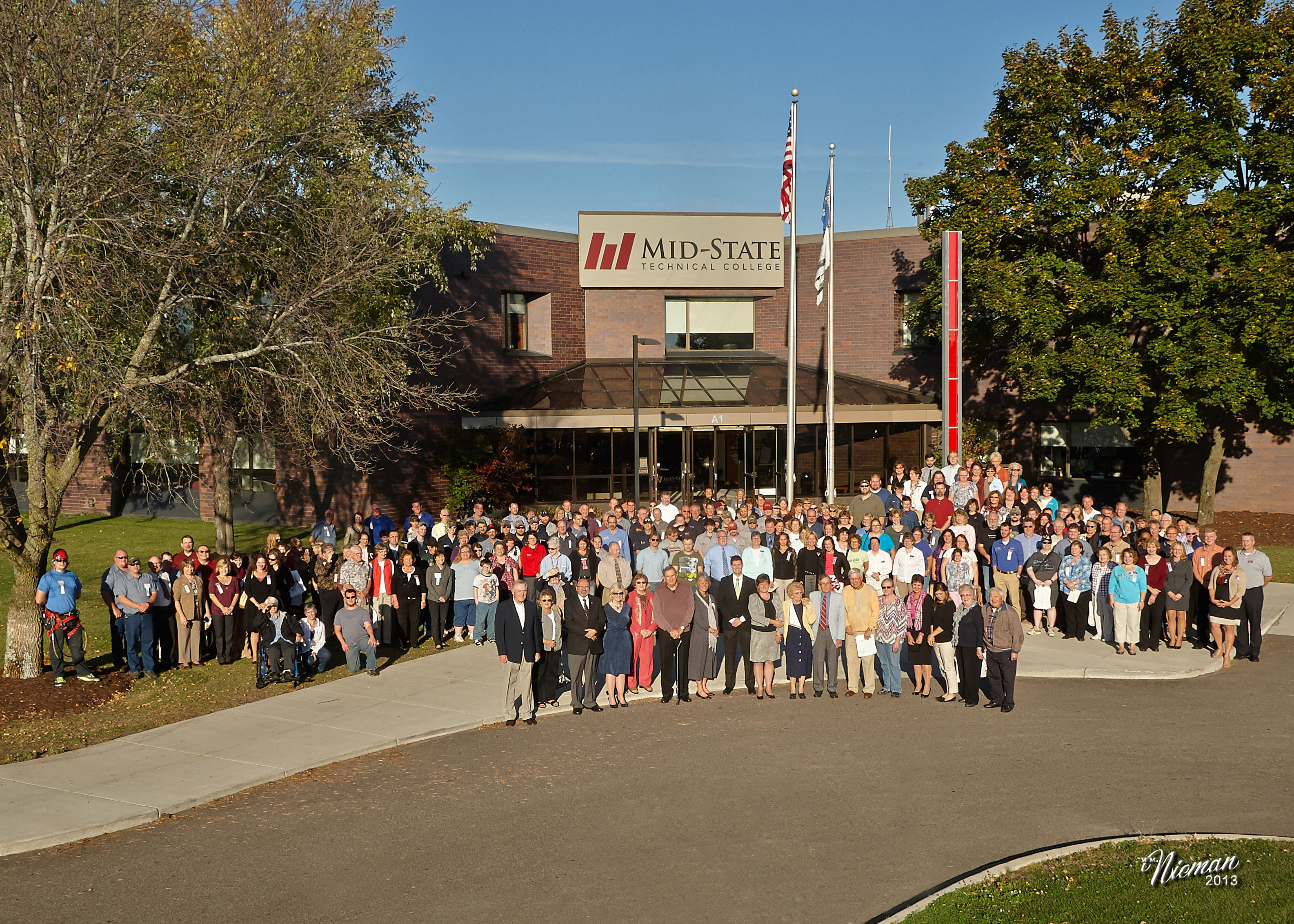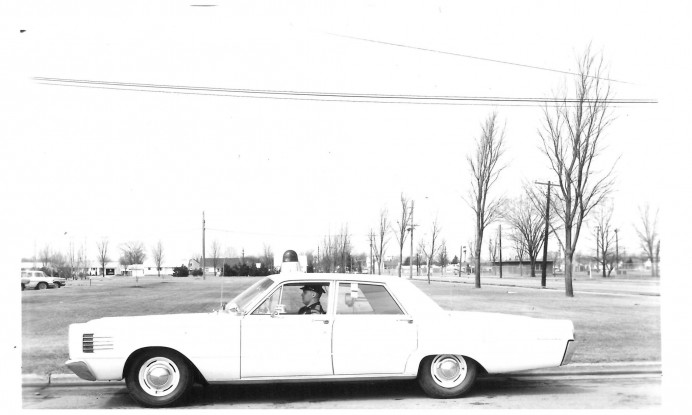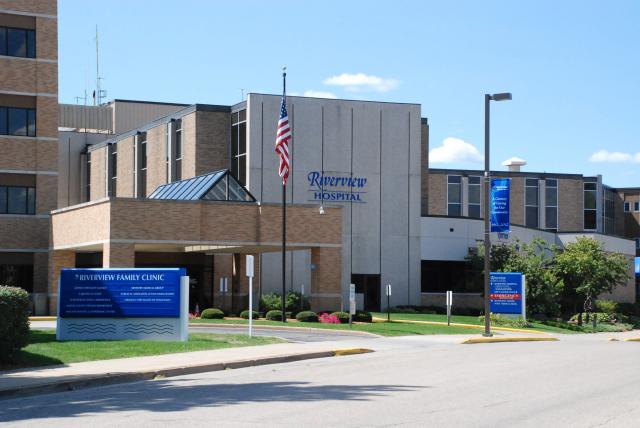The Wood County Hospital: The evolution of treatment

Part IV in a series
By Kris Leonhardt
In the early days of operation, the Wood County Asylum would receive $1.50 from the county where the patient previously resided and $1.50 from the state, totaling $3 per resident.
New patients were transported through the railroad system from the other counties, making the facility’s Marshfield location prime for its operation.
In exchange, the asylum received the benefits of labor by the residents. The purpose of the labor, however, was more than just a means for getting work on the massive farm accomplished.
In the days prior to psychiatric medication, work therapy was viewed as a viable means for treating those with mental afflictions. In those days, the asylum offered protective care and a home for those seen as incapable of functioning in a conventional environment. It also provided a form of occupational therapy and an opportunity to become an essential part of a community.
As mental health research and theories progressed, psychiatrists and psychologists became a major part of mental wellness. In conjunction with this shift, the Wood County Asylum became known as the Wood County Hospital.
This was the late 1930s and electroshock therapy was slowly being introduced. The therapy, later known as electroconvulsive therapy, was used to treat depression, schizophrenia, and a myriad of other psychological ailments.
Treatment was administered by connecting electrodes at the temples of the patient and releasing an electric current, inducing a seizure. In an attempt to prevent further harm to the patient, the individual was shackled down and a block of some kind was place in their mouth to prevent them from biting their tongue.
The treatment was widely used in the 1940s and 1950s, but later became controversial.
The 1960s were marked by health reform and civil rights activity and as a result, significant change came to the county hospital and its operational methods. Laws were introduced that regulated work performed by patients and put a stop to the “free labor” being provided by them.
The action created a need to hire out labor to perform operations on the large farm, which taxed the overhead costs of the farm. As a result, the working farm slowly became a thing of the past, as it did with other county hospitals throughout the state.
The introduction of medication to treat mental illness, as well as the increased use of various forms of psychotherapy, increased the likelihood of patients returning to their homes and sometimes leading a traditional livelihood.
Next week: In later years






